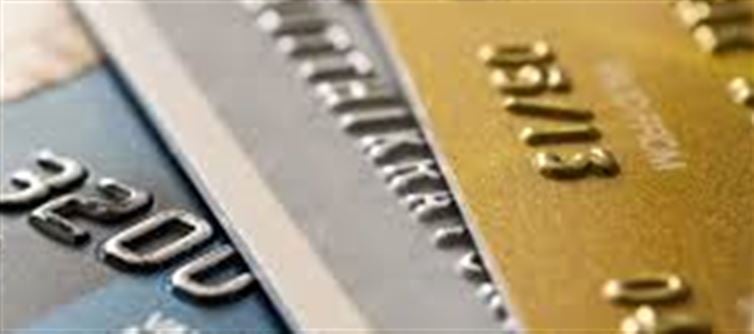
As the festive season begins, your phone is probably buzzing with offers from banks and financial institutions promising “free credit cards”, “zero annual fees”, and “unlimited rewards.” For many, this sounds like a great deal — spend now, pay later, and even earn cashback or points. But behind these tempting offers lies a clever marketing trap that helps companies earn big profits while leaving many customers paying hidden charges.
💳 The Festive Season Credit Card Push
During Diwali, Christmas, and other festivals, spending on shopping, gadgets, and travel spikes significantly. Banks know this and aggressively market free or lifetime-free credit cards to attract new users. Agents often claim there’s no joining or annual fee, and highlight perks like discounts, cashback, or complimentary memberships.
However, what most customers don’t realize is that these cards often come with terms and conditions buried deep in fine print.
🕵️♀️ How Banks Actually Profit from “Free” Credit Cards
1. Hidden Charges and Annual Fees Later
Many so-called “free” cards are only free for the first year. From the second year onward, an annual maintenance or renewal fee (ranging from ₹500 to ₹2,000 or more) is automatically charged — unless you meet a minimum annual spending target.
2. Interest on Unpaid Balances
If you fail to pay your full bill amount on time, banks charge interest rates up to 40% per annum. Even a small outstanding balance can quickly snowball into a huge debt burden.
3. Late Payment Penalties and GST
Delaying even one payment can trigger late fees, GST on interest, and penalty charges — a hidden revenue stream for banks.
4. Cross-Selling and Data Monetization
Once you sign up, your personal and spending data becomes a goldmine. Banks use it to cross-sell loans, insurance, and investment products, or tailor future marketing offers.
5. Reward Points with Expiry Dates
While reward points sound attractive, many expire within a year or are worth far less than you think. For example, 10,000 points might translate to just ₹200 in vouchers — and only for select brands.
6. Processing Fees and Foreign Transaction Charges
When using your “free” card abroad or for EMI conversions, additional processing fees and forex charges (1.75–3.5%) apply — often unnoticed by users.
⚠️ Red Flags to watch Out For
· “Lifetime free” only applies if you meet a minimum spend condition.
· “No joining fee” doesn’t mean no annual fee.
· Hidden clauses often require you to spend a certain amount each year to maintain benefits.
· Calls from unverified agents could even lead to fraudulent applications using your personal data.
🧠 How to Stay Safe and Use Credit Cards Smartly
1. Read the Fine Print Carefully – Always check for joining, annual, or renewal fees before applying.
2. Use Official bank Channels – Apply directly through bank websites or verified apps, not third-party calls.
3. Pay Bills on Time – Avoid interest and penalties by clearing dues before the due date.
4. Track Your Spending – Don’t overspend just to earn reward points.
5. Check Your Credit Report Regularly – Keep an eye out for unauthorized credit cards or loans.
💡 The Bottom Line
“Free” credit cards are rarely truly free. While they can offer great convenience and benefits if used responsibly, they can also trap you in hidden charges, interest, and unnecessary spending if you’re not cautious.
This festive season, before saying yes to that “no-cost” offer, take a moment to read the terms carefully.
Disclaimer:
The views and opinions expressed in this article are those of the author and do not necessarily reflect the official policy or position of any agency, organization, employer, or company. All information provided is for general informational purposes only. While every effort has been made to ensure accuracy, we make no representations or warranties of any kind, express or implied, about the completeness, reliability, or suitability of the information contained herein. Readers are advised to verify facts and seek professional advice where necessary. Any reliance placed on such information is strictly at the reader’s own risk.




 click and follow Indiaherald WhatsApp channel
click and follow Indiaherald WhatsApp channel